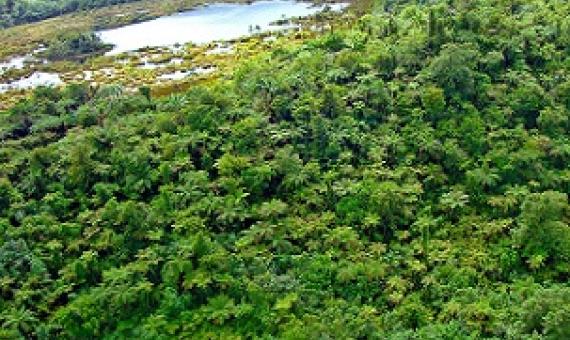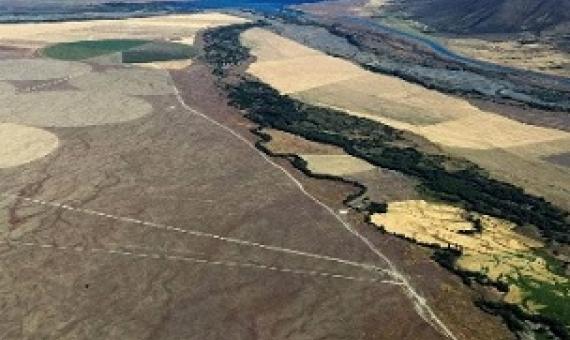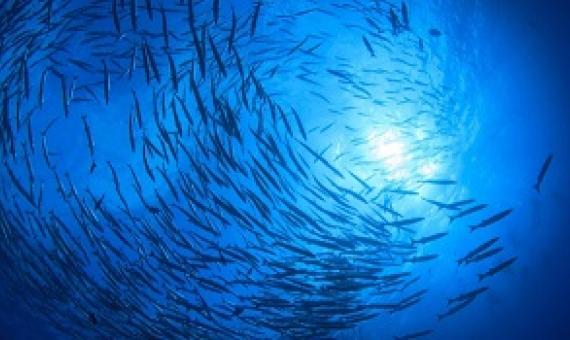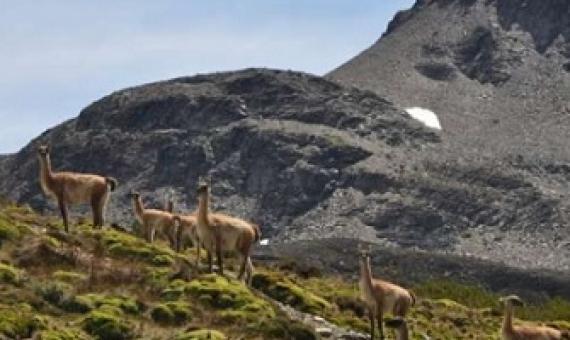A study has found that infrastructure worldwide is widespread in sites that have been identified as internationally important for biodiversity, and its prevalence is likely to increase.
A global assessment of the prevalence of current and potential future infrastructure in Key Biodiversity Areas
Infrastructure development is a major threat to biodiversity, leading to habitat loss and fragmentation, increased accessibility and pollution. Key Biodiversity Areas represent the most comprehensive network of important areas for biodiversity and the prevalence of infrastructure in KBAs has not previously been described. Here we examined the prevalence of current and potential future infrastructure within the global network of 15,150 terrestrial KBAs, using a range of open and commercial spatial datasets related to infrastructure.
A call for improving the Key Biodiversity Areas framework
Eight percent of all land surface has been designated as “Key Biodiversity Areas” (KBAs). Since these areas were established based on two percent of all terrestrial species estimated to exist, we ask what would happen if we used all species on Earth to identify additional KBAs. We explore this question at a global scale by using data from 64,110 species of animals and plants to identify how many areas could qualify as KBAs under current criteria. We find that between 26% and 68% of the world’s terrestrial areas can be classified as KBAs, depending on the spatial resolution.
Priority Sites for Conservation
This KBA (Key Biodiversity Areas – areas of high biodiversity and conservation value) report outlines key recommendations for the Government of Kiribati and its people for protecting its unique biodiversity and supporting sustainable livelihoods. A total of twenty-two island KBAs were identified and suggested for immediate management.
The government last week called for nominations for Areas of Outstanding Biodiversity Value (AOBVs), which qualify for conservation work funding from the Biodiversity Conservation Trust.
With its expanses of golden tussocks, turquoise glacial lakes, wide braided rivers, and gleaming snow-capped peaks, New Zealand’s high country is the well-known jewel in the crown of our landscapes.
Area-based conservation in the twenty-first century
Humanity will soon define a new era for nature—one that seeks to transform decades of underwhelming responses to the global biodiversity crisis. Area-based conservation efforts, which include both protected areas and other effective area-based conservation measures, are likely to extend and diversify. However, persistent shortfalls in ecological representation and management effectiveness diminish the potential role of area-based conservation in stemming biodiversity loss.
Evaluating the effectiveness of a large multi-use MPA in protecting Key Biodiversity Areas for marine predators
Marine protected areas can serve to regulate harvesting and conserve biodiversity. Within large multi-use MPAs, it is often unclear to what degree critical sites of biodiversity are afforded protection against commercial activities. Addressing this issue is a prerequisite if we are to appropriately assess sites against conservation targets. We evaluated whether the management regime of a large MPA conserved sites (Key Biodiversity Areas, KBAs) supporting the global persistence of top marine predators.
Often considered desolate, remote, unalterable places, the high seas are, in fact, hotbeds of activity for both people and wildlife.
More than 2000 renewable energy facilities are built in areas of environmental significance and threaten the natural habitats of plant and animal species across the globe.











